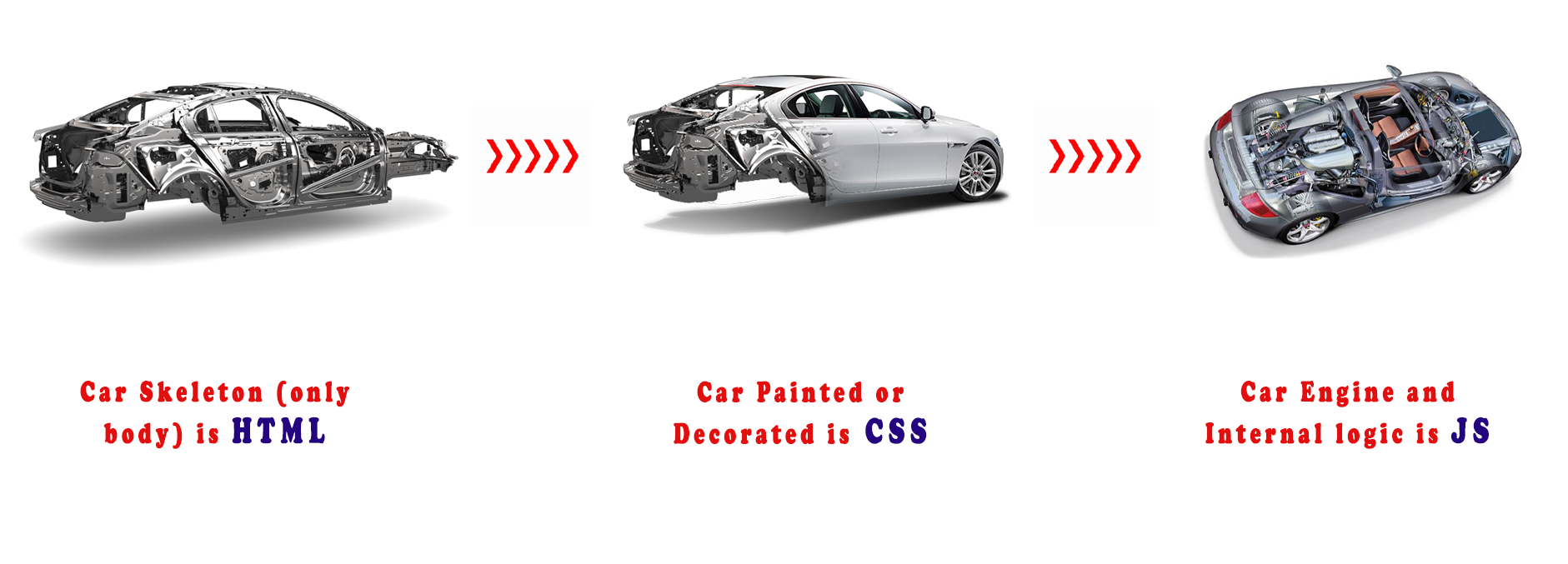
The word hypertext markup language comprises the words “hypertext” and “markup
language”. The term "hypertext" refers to the
linking of text with other documents and “markup language”
refers to a language that uses a set of tags.
So, HTML is
the linking of text with other documents using
some
set of tags.
Note:- Tags refers to some meaningful texts enclosed in angle braces ... For eg. head . Each tag has a different meaning and importance in building an HTML page which can affect the web page in its own ways
